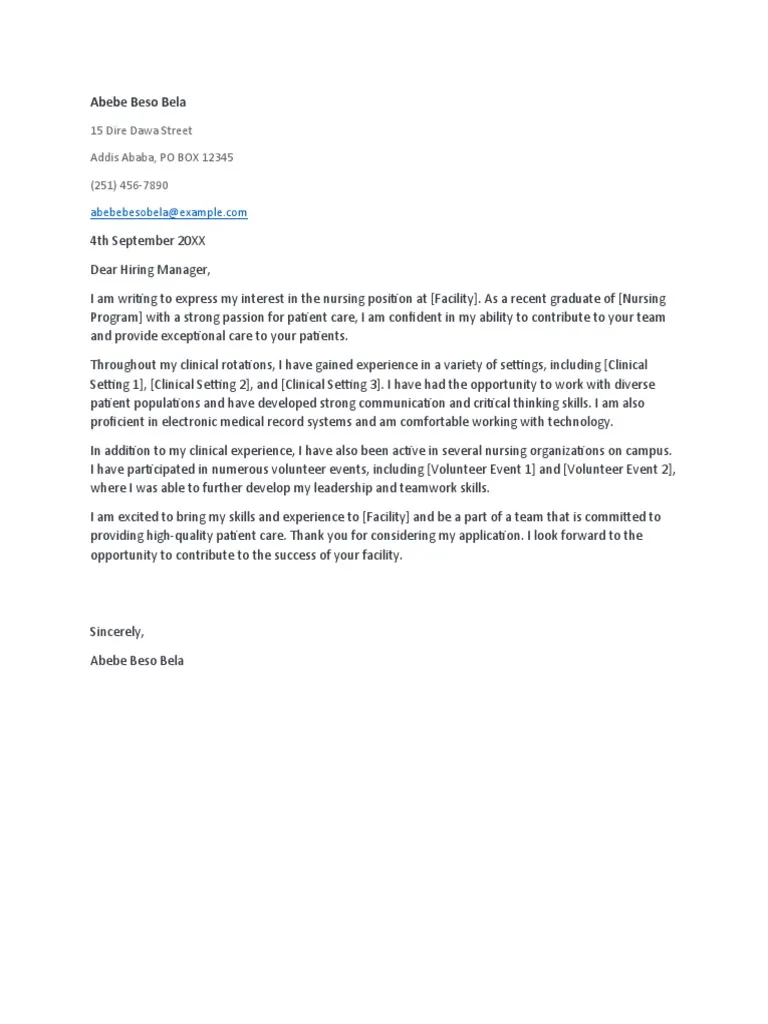Crafting a Compelling Cover Letter
A well-crafted cover letter is your first opportunity to make a strong impression on a potential employer. It serves as a crucial introduction, providing context to your resume and highlighting the unique value you bring to the table. This guide unveils five amazing tips to help you create a cover letter that grabs attention and secures you that interview. Remember, your cover letter is not merely a repetition of your CV; it’s a chance to showcase your personality, passion, and suitability for the specific role. By following these guidelines, you can significantly increase your chances of standing out from the competition and landing your dream job.
Know Your Audience
Before putting pen to paper (or fingers to keyboard), research the company and the specific role you’re applying for. Understanding the company culture, values, and the specific requirements of the job description is paramount. Tailor your cover letter to demonstrate that you understand their needs and how your skills and experiences align with them. If you know the hiring manager’s name, address your letter to them personally. This shows you’ve taken the time to learn about the organization and are genuinely interested in the opportunity. Referencing the company’s recent achievements or initiatives demonstrates your engagement and genuine interest.
Highlight Your Value
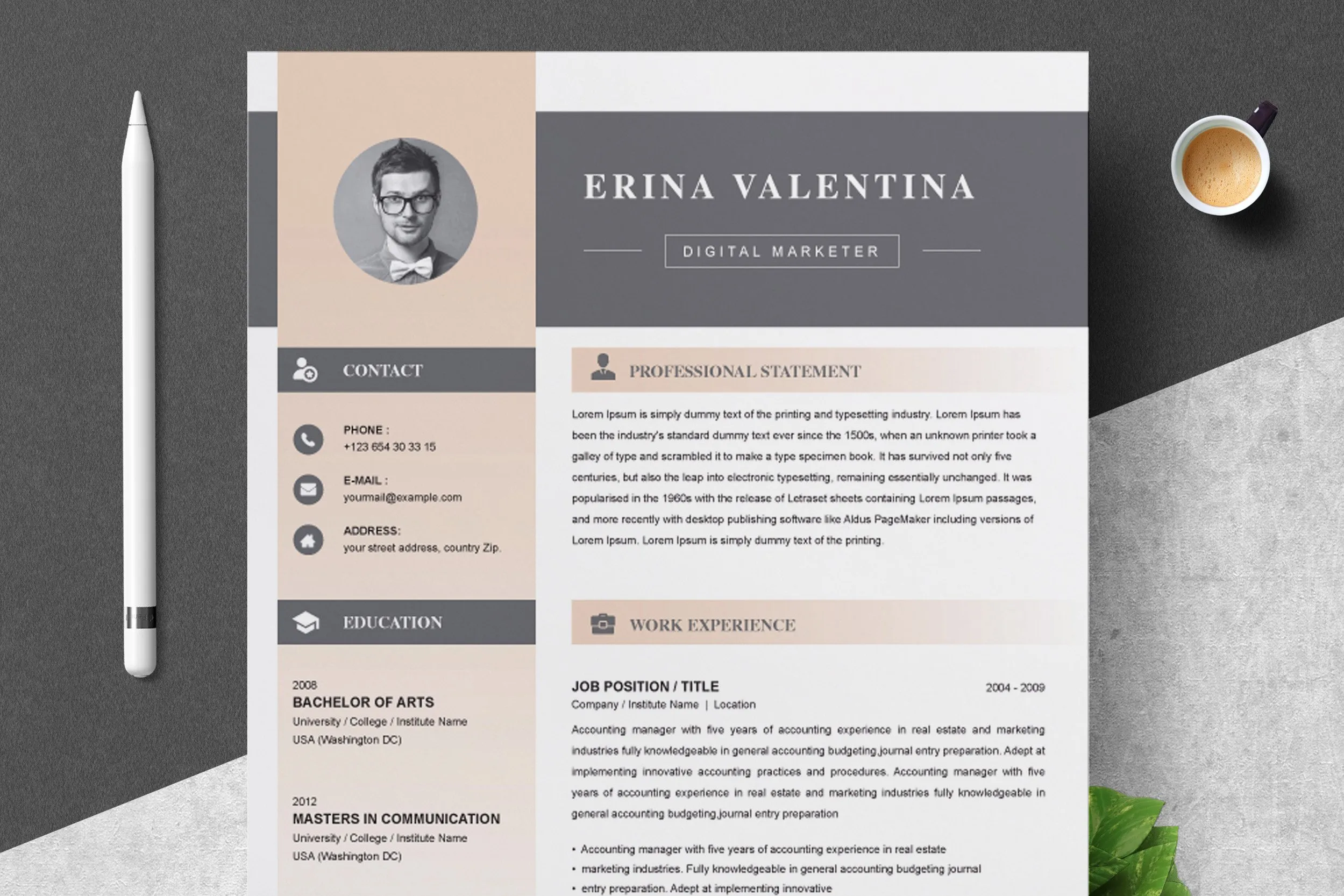
Instead of simply listing your responsibilities, focus on your accomplishments and how you’ve made a positive impact in previous roles. Quantify your achievements whenever possible, using numbers and data to showcase your success. For example, instead of saying “Managed social media,” say “Increased social media engagement by 30% in six months.” Identify the key skills and qualities the employer is seeking and illustrate how your experiences have equipped you with those attributes. Use action verbs to describe your achievements, such as “led,” “managed,” “developed,” or “achieved.” This approach makes your cover letter more engaging and shows the tangible benefits you can bring to the company.
Tailoring Your Cover Letter
Generic cover letters rarely impress. Each cover letter should be customized to the specific job and company. Carefully review the job description and highlight the relevant skills and experiences that match their requirements. Explain why you’re interested in the specific role and the company. Don’t just say you’re looking for a job; explain what attracts you to the company’s mission, values, or products. Demonstrate your understanding of the company’s industry and its challenges. Tailoring your letter shows your commitment and sincere interest in the opportunity, making you a more desirable candidate.
CV Essentials Demystified
Your CV, or Curriculum Vitae, is a comprehensive overview of your professional and academic history. While the cover letter is your personal pitch, the CV provides the detailed evidence to back it up. Understanding the essential elements of a CV and how to present them effectively is crucial. This section breaks down the key components, ensuring your CV is clear, concise, and compelling, increasing your chances of landing an interview.
Formatting and Structure
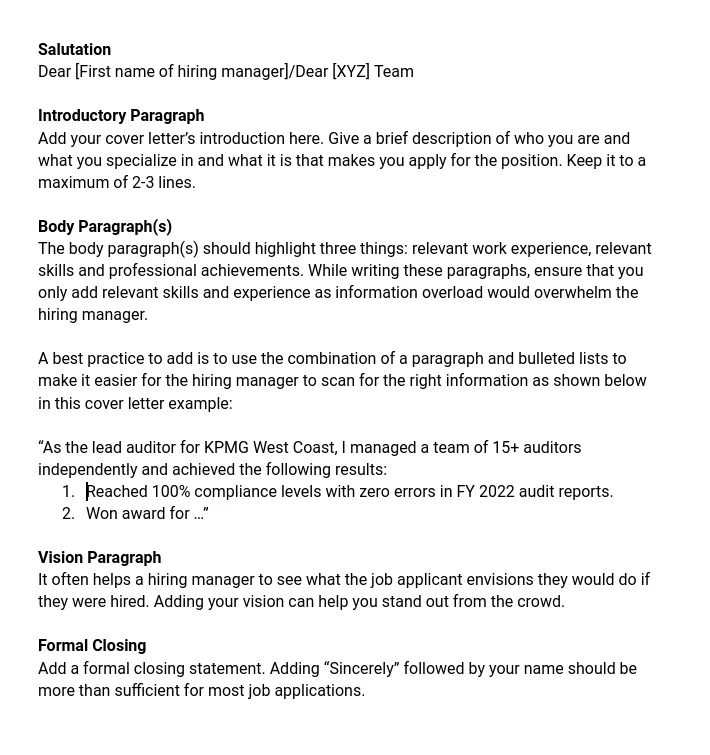
A well-formatted CV is easy to read and visually appealing. Use a clear and professional font like Arial, Calibri, or Times New Roman. Maintain consistent formatting throughout the document, including font size, headings, and bullet points. Organize your CV logically, typically starting with your contact information, followed by a professional summary or objective, work experience, education, skills, and additional sections like certifications or volunteer experience. Keep the layout clean and uncluttered, using white space effectively to improve readability. Avoid excessive use of colors or graphics, which can distract from the content.
Content: What to Include
Your CV should include your contact information, a professional summary or objective (optional, but useful for highlighting your key skills and career goals), work experience (in reverse chronological order), education, skills (both hard and soft skills), and any relevant additional sections. For each work experience entry, include your job title, company name, dates of employment, and a brief description of your responsibilities and accomplishments. Focus on the most relevant experiences and tailor your descriptions to the job requirements. List your education, including degrees, institutions, and dates of attendance. Be sure to highlight any skills or certifications relevant to the target role.
Keywords and Skills
Keywords are essential for getting your CV noticed by Applicant Tracking Systems (ATS), which many companies use to screen applications. Review the job description and identify the key keywords and skills the employer is seeking. Incorporate these keywords naturally throughout your CV, especially in your skills section and job descriptions. Include a skills section that lists your relevant hard skills (technical skills) and soft skills (interpersonal skills). Consider creating a separate section for technical skills, if applicable. Using the right keywords increases the likelihood of your CV getting past the initial screening and into the hands of a hiring manager.
Combining Cover Letter and CV
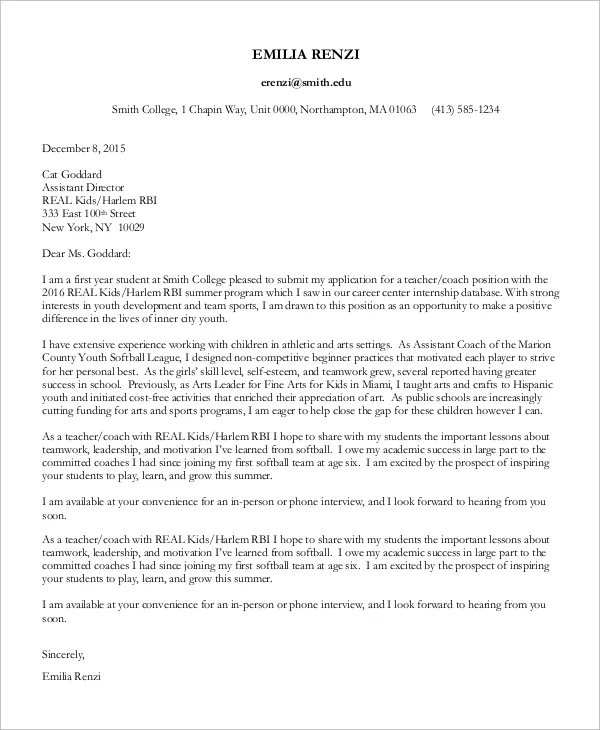
The cover letter and CV are a dynamic duo in your job application strategy. They work together to present a cohesive narrative of your qualifications. Understanding how to integrate these documents effectively can significantly enhance your application’s impact. The cover letter introduces you, highlighting your most relevant skills and experiences, while the CV provides the detailed evidence to support your claims. A well-integrated approach ensures your application is both compelling and informative.
Consistency is Key
Ensure that the information in your cover letter and CV is consistent. Avoid contradicting yourself or providing conflicting details. If you mention a specific skill or accomplishment in your cover letter, make sure it’s also reflected in your CV. Similarly, use the same language and terminology in both documents. Maintain a consistent tone and style throughout. This consistency builds credibility and reassures the employer of your attention to detail and professionalism. Inconsistencies raise questions and can undermine your application.
The Power of Personalization
While both documents should be tailored to the specific job, the cover letter is where you can personalize your message. Briefly mention how your experiences and skills align with the job requirements and company culture. Demonstrate your enthusiasm for the opportunity and explain why you’re a good fit. In your CV, focus on the facts. In your cover letter, show your personality. This combination makes your application memorable and helps you connect with the hiring manager on a more personal level. By combining these elements, you’ll establish a strong, unified presence.
Proofreading and Editing
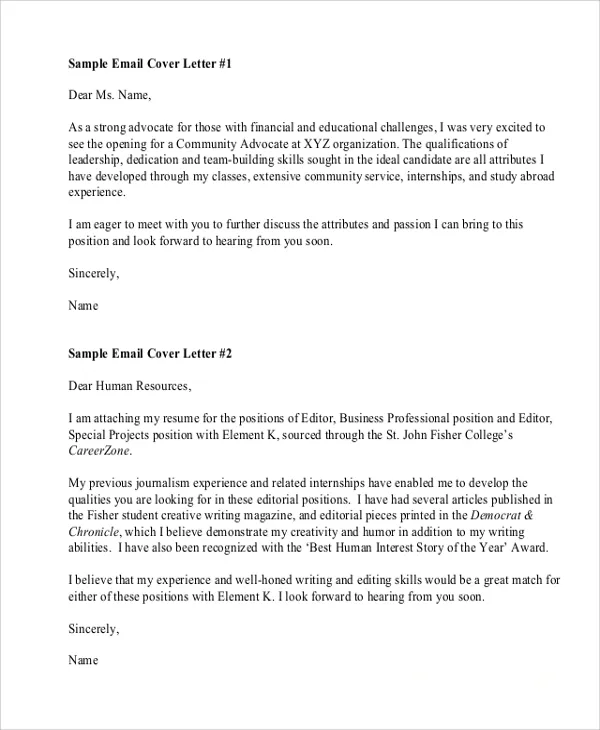
Attention to detail is crucial in the job application process. Proofreading and editing your cover letter and CV are essential steps to ensure your documents are polished and professional. Errors, no matter how small, can create a negative impression and undermine your credibility. Dedicate time to carefully review your documents for any mistakes in grammar, spelling, punctuation, and formatting. A well-edited application demonstrates your professionalism and attention to detail, increasing your chances of getting hired.
Mistake-Free Documents
Thorough proofreading is the cornerstone of a successful job application. Read your documents multiple times, slowly and carefully. Check for any typos, grammatical errors, and punctuation mistakes. Use a spell checker and grammar checker, but don’t rely on them entirely. They may not catch all errors, especially contextual ones. Read your documents aloud to catch awkward phrasing or inconsistencies. Pay close attention to dates, names, and contact information. Correct any errors you find and then proofread the documents again. Consider having a friend or family member review your documents for a fresh perspective.
Seeking Feedback
Getting feedback from trusted sources is a valuable way to improve your cover letter and CV. Ask friends, family, career counselors, or mentors to review your documents and provide constructive criticism. They can offer a fresh perspective and identify areas for improvement that you might have missed. Ask them to assess your documents for clarity, conciseness, and effectiveness. Incorporate their feedback to refine your documents and create a more compelling application. Be open to their suggestions, even if they require changes you hadn’t initially considered.
Final Touches
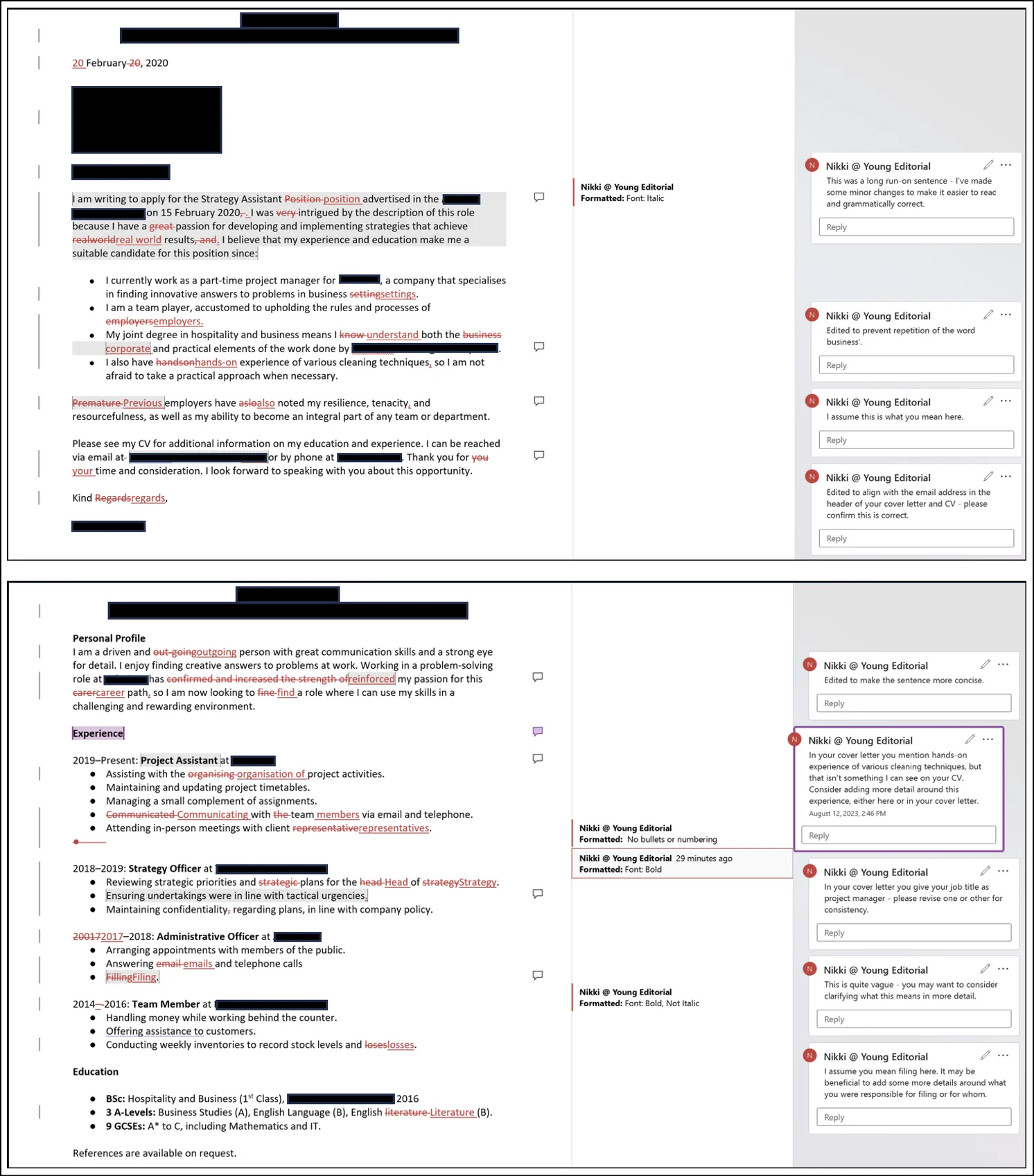
Before submitting your application, take a few final steps to ensure everything is perfect. Review your documents one last time to catch any remaining errors. Make sure your contact information is accurate and up-to-date. Save your documents as PDF files to preserve the formatting and prevent any compatibility issues. Double-check the job description and make sure your cover letter and CV are tailored to the specific role and company. Finally, send a test email to yourself to ensure your documents are properly attached and appear as you intended. By following these final steps, you can submit a professional and polished application that increases your chances of getting noticed.
